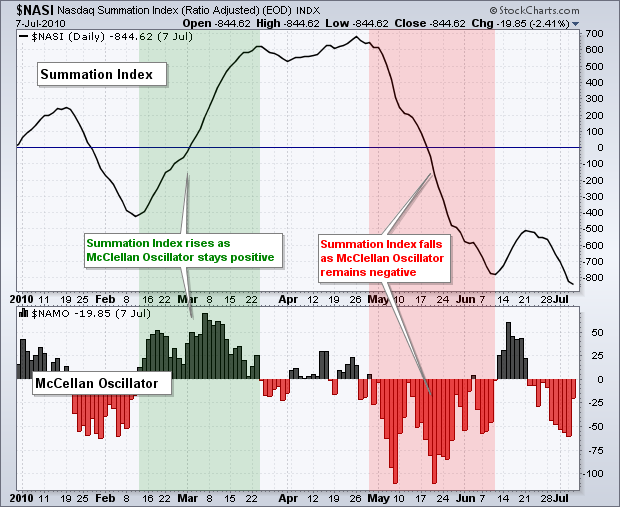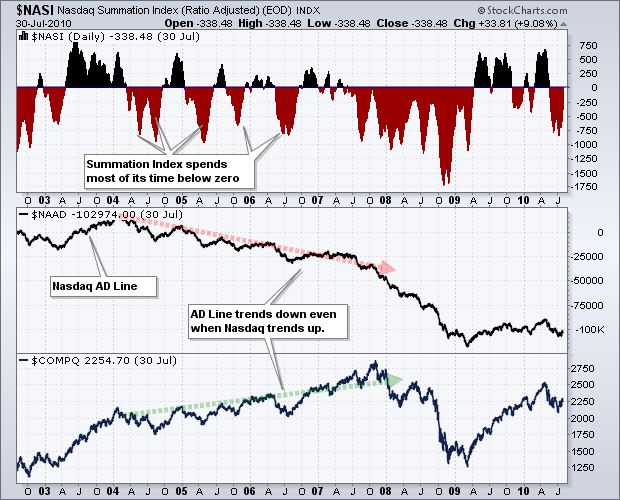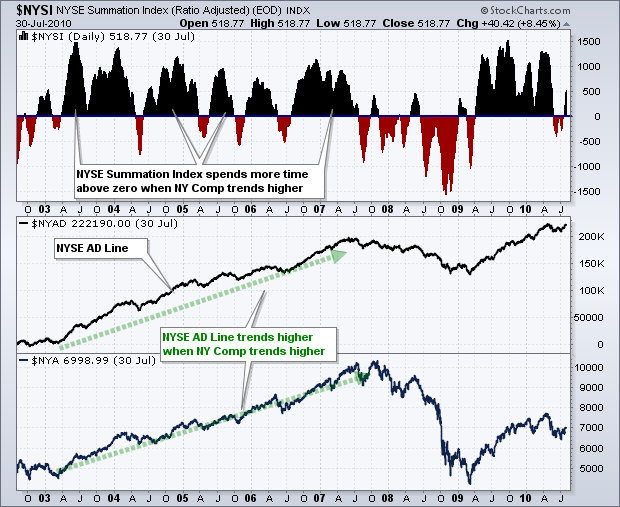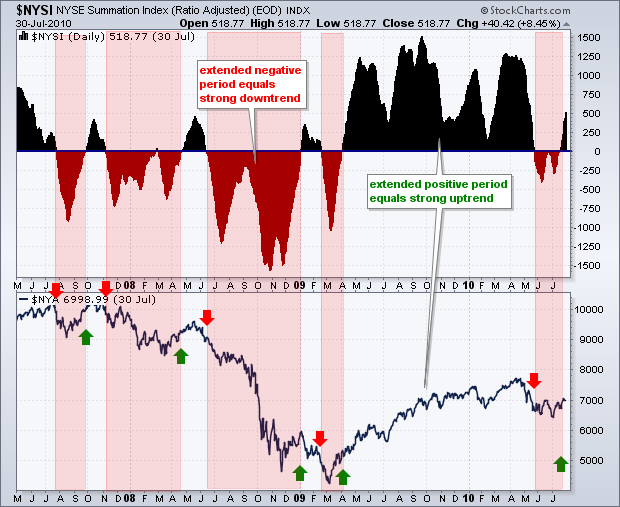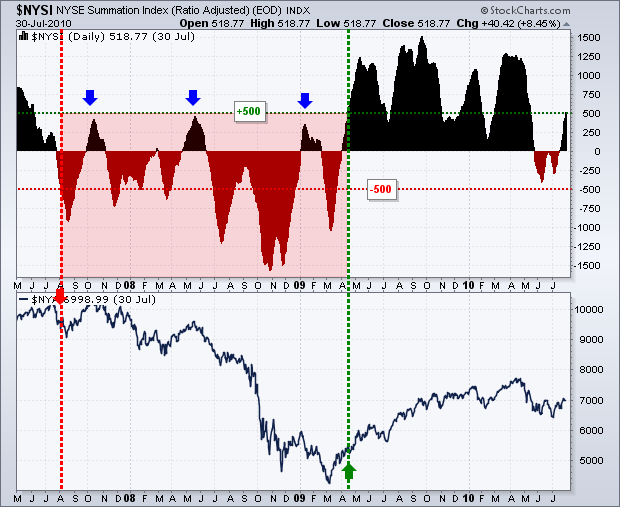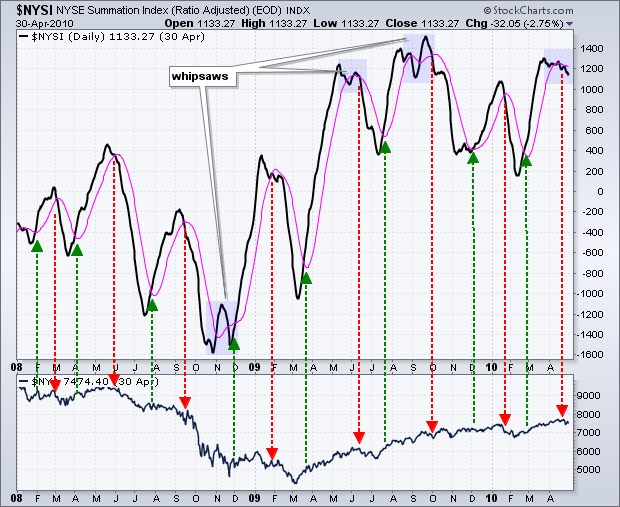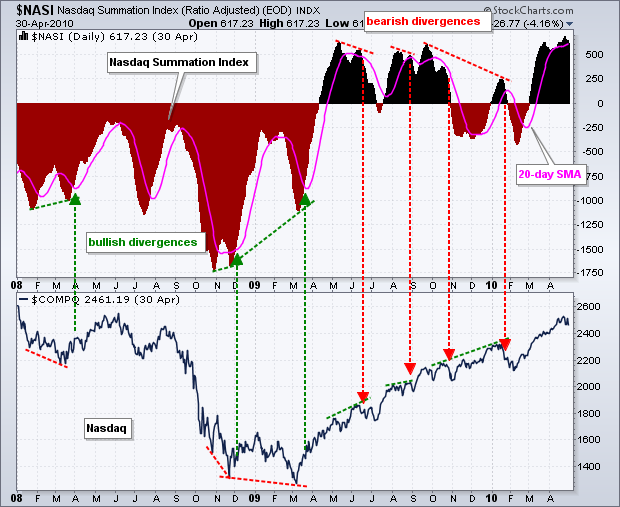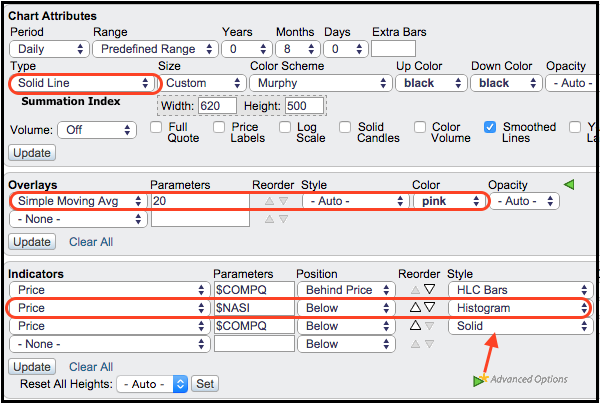The Crowd: A Study of the Popular Mind – Gustave Le Bon
Get a FREE membership video! Subscribe to our Newsletter.
The following is a transcript of this video.
The nature of crowds has long been a topic of interest in philosophy. However, the 18th and 19th centuries were a time when an increased emphasis was placed on understanding the psychology of crowds. For example, the 18th century philosopher Jean Jacques Rousseau proclaimed that “…we have a very imperfect knowledge of the human heart if we do not also examine it in crowds.”
Gustave Le Bon (1841-1931), a French social psychologist, is often seen as the father of the study of crowd psychology. Le Bon believed an understanding of crowd psychology was essential for a proper understating of the both history and the nature of man. As he wrote in his classic and highly influential work The Crowd: A Study of the Popular Mind:
“It is crowds rather than isolated individuals that may be induced to run the risk of death to secure the triumph of a creed or an idea, that may be fired with enthusiasm for glory and honour… Such heroism is without doubt somewhat unconscious, but it is of such heroism that history is made.”(The Crowd: A Study of the Popular Mind – Gustave Le Bon)
In this video we will provide a summary of Le Bon’s classic work. In particular, we will investigate his insights into the nature of crowds, look at the role ideas play in influencing crowds, examine the religious sentiment of crowds, and discuss the psychological and emotional benefits one derives from joining a crowd.
What is a crowd? Le Bon defined a crowd as a group of individuals united by a common idea, belief, or ideology.
The idea which unites a crowd is not chosen by a process of clear reasoning and examination of evidence. Instead, as we will discuss in more detail later, crowds accept beliefs and ideas superficially and utilize them as fuel for revolutionary action.
When an individual becomes part of a crowd, according to Le Bon, he undergoes a profound psychological transformation. That is, he ceases to operate as an individual:
“He is no longer himself, but has become an automaton who has ceased to be guided by his will.” (The Crowd: A Study of the Popular Mind – Gustave Le Bon)
With such a psychological transformation, an individual no longer lives for himself, but instead becomes a pawn who sacrifices his own personal ends and goals in favour of those of the crowd:
“In a crowd every sentiment and act is contagious, and contagious to such a degree that an individual readily sacrifices his personal interest to the collective interest.” (The Crowd: A Study of the Popular Mind – Gustave Le Bon)
As was mentioned earlier, Le Bon maintained that a crowd forms when an influential idea unites a number of individuals and propels them to act towards a common goal. These influential ideas, however, are never created by members of the crowd. Instead, they are brought into the world by the minds of great individuals.
Since those who compose a crowd are by their very nature mediocre, they are incapable of understanding these ideas in their original form. Therefore, in order for an idea to unite and influence a crowd, it must first be thoroughly simplified:
“Ideas being only accessible to crowds after having assumed a very simple shape must often undergo the most thoroughgoing transformations to become popular. It is especially when we are dealing with somewhat lofty philosophical or scientific ideas that we see how far-reaching are the modifications they require in order to lower them to the level of the intelligence of crowds…. However great or true an idea may have been to begin with, it is deprived of almost all that which constituted its elevation and its greatness by the mere fact that it has come within the intellectual range of crowds and exerts an influence upon them.” (The Crowd: A Study of the Popular Mind – Gustave Le Bon)
For example, a great philosopher could extol the nature of liberty in an 800 page masterpiece. However, the crowd, incapable of comprehending such thoughts, would require the concept of liberty to be thoroughly simplified in order for it to stimulate revolutionary action. Le Bon proposed that this is where leaders come in. For it is the leader of a crowd who communicates simplified ideas to the crowd and in doing so unites it together and stimulates it to act.
“The majority of men, especially among the masses, do not possess clear and reasoned ideas on any subject whatever outside their own specialty. The leader serves them as guide.” (The Crowd: A Study of the Popular Mind – Gustave Le Bon)
In the modern day one can see how invigorated and rejuvenated crowds become when they hear a leader pronounce that a cause is being fought in the name of freedom, peace, or prosperity. Once these words are proclaimed the members of the crowd nod their heads in blind obedience to whatever else follows from the leader’s mouth – completely ignorant as to the corrupt purposes that may be the true guide for the leader’s actions.
“How numerous are the crowds that have heroically faced death for beliefs, ideas, and phrases that they scarcely understood!”(The Crowd: A Study of the Popular Mind – Gustave Le Bon)
Referring to the ideas which leaders manipulate in order to govern and control crowds, Le Bon wrote:
“By many they are considered as natural forces, as supernatural powers. They evoke grandiose and vague images in men’s minds, but this very vagueness that wraps them in obscurity augments their mysterious power. They are the mysterious divinities hidden behind the tabernacle, which the devout only approach in fear and trembling.”(The Crowd: A Study of the Popular Mind – Gustave Le Bon)
Approaching these simplified, and therefore gravely misunderstood, ideas as mysterious divinities, a crowd always forms a religious relationship to the ideas which motivate them to action. This being the case even when the ideas have no explicitly religious component: “A person is not religious solely when he worships a divinity, but when he puts all the resources of his mind, the complete submission of his will, and the whole-souled ardour of fanaticism at the service of a cause or an individual who becomes the goal and guide of his thoughts and actions.”
Along this line of reasoning Le Bon continued:
“Were it possible to induce the masses to adopt atheism, disbelief would exhibit all the intolerant ardour of a religious sentiment, and in its exterior forms would soon become a cult.”(The Crowd: A Study of the Popular Mind – Gustave Le Bon)
While crowds are capable of acts which achieve both good and evil, Le Bon believed that more often than not crowds commit barbarous and immoral actions. Why do crowds so often act in an immoral manner?
Le Bon put forth the following explanation: “…our savage, destructive instincts are the inheritance left dormant in all of us from the primitive ages. In the life of the isolated individual it would be dangerous for him to gratify these instincts, while his absorption in an irresponsible crowd, in which in consequence he is assured of impunity, gives him entire liberty to follow them.”
The 20th century psychologist Carl Jung reiterated this idea:
“…if people crowd together and form a mob, then the dynamisms of the collective man are let loose – beasts or demons that lie dormant in every person until he is part of a mob. Man in the mass sinks unconsciously to an inferior moral and intellectual level, to that level which is always there, below the threshold of consciousness, ready to break forth as soon as it is activated by the formation of a mass.” (Carl Jung)
(Check out our 2-part video mini-series on Carl Jung)
Nonetheless, Le Bon believed he understood what motivated individuals to join a crowd.
When an individual lives his life as an individual – that is, when he forced to take responsibility for his life – he is apt to feel a crushing burden and sense of impotence he can’t seem to shake.
In joining a crowd or a mass movement, the individual is temporarily relieved of this responsibility and sense of impotence, and comes to feel that he is capable of shaking the foundations of the earth:
“In crowds the foolish, ignorant, and envious persons are freed from the sense of their insignificance and powerlessness, and are possessed instead by the notion of brutal and temporary but immense strength.”(The Crowd: A Study of the Popular Mind – Gustave Le Bon)
Le Bon thought that we are all in a sense a part of a crowd, as we are all motivated by ideas and ideologies which are socialized into us and via communal action unite us with others in our culture. Many of our actions, in other words, are motivated by ideas, beliefs, and ideologies which we do not understand. Le Bon thought it was impossible to fully extricate one’s self from all of these implicit ideas. Yet he did maintain that partial freedom and independence can be attained by bringing to the light of reason the ideas, values, and beliefs which guide our actions. For as Le Bon wisely claimed:
“The tyranny exercised unconsciously on men’s minds is the only real tyranny, because it cannot be fought against.”(The Crowd: A Study of the Popular Mind – Gustave Le Bon)
Be sure to supplement your knowledge of crowds with information about how those in power use fear as a means of social control.



